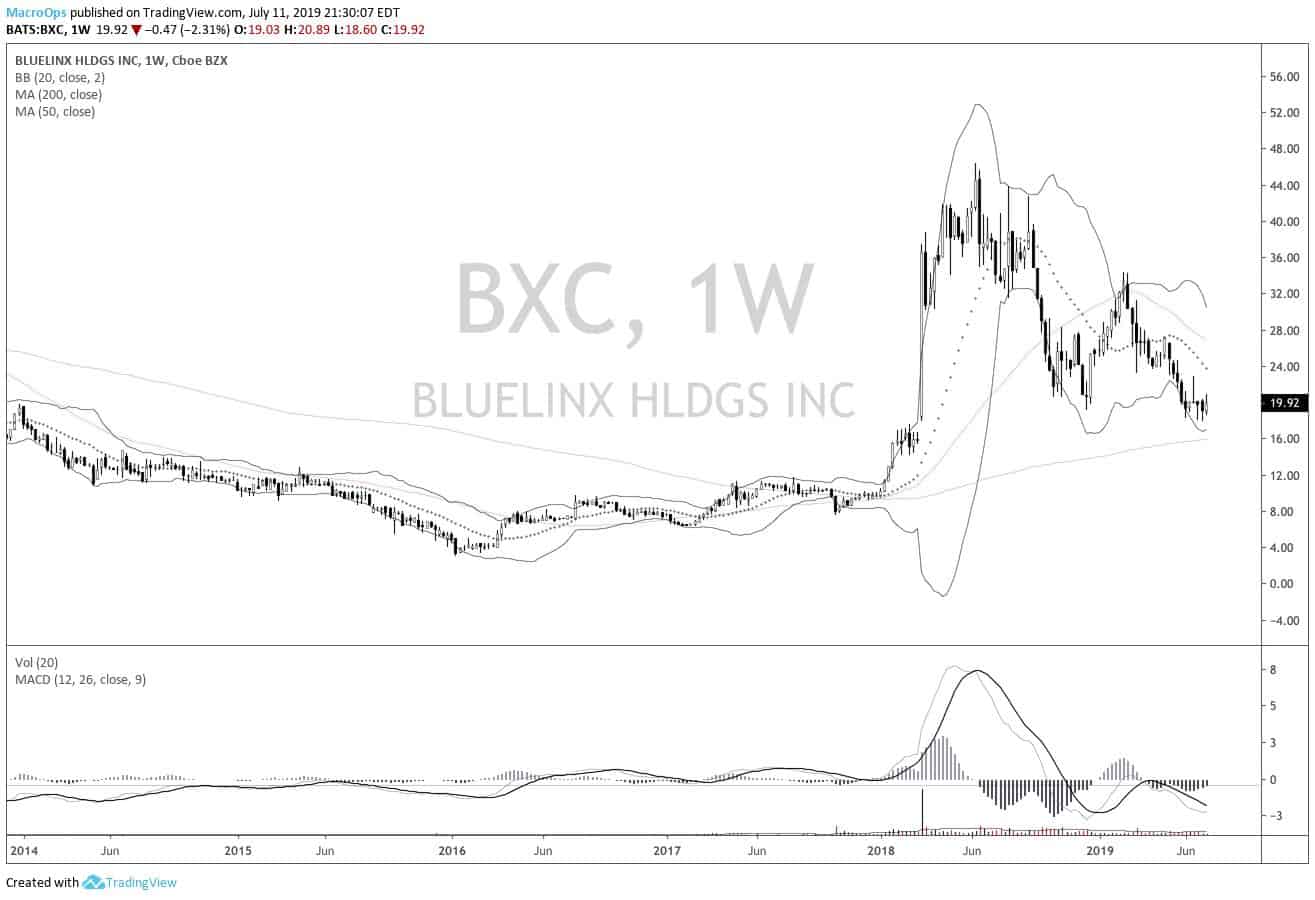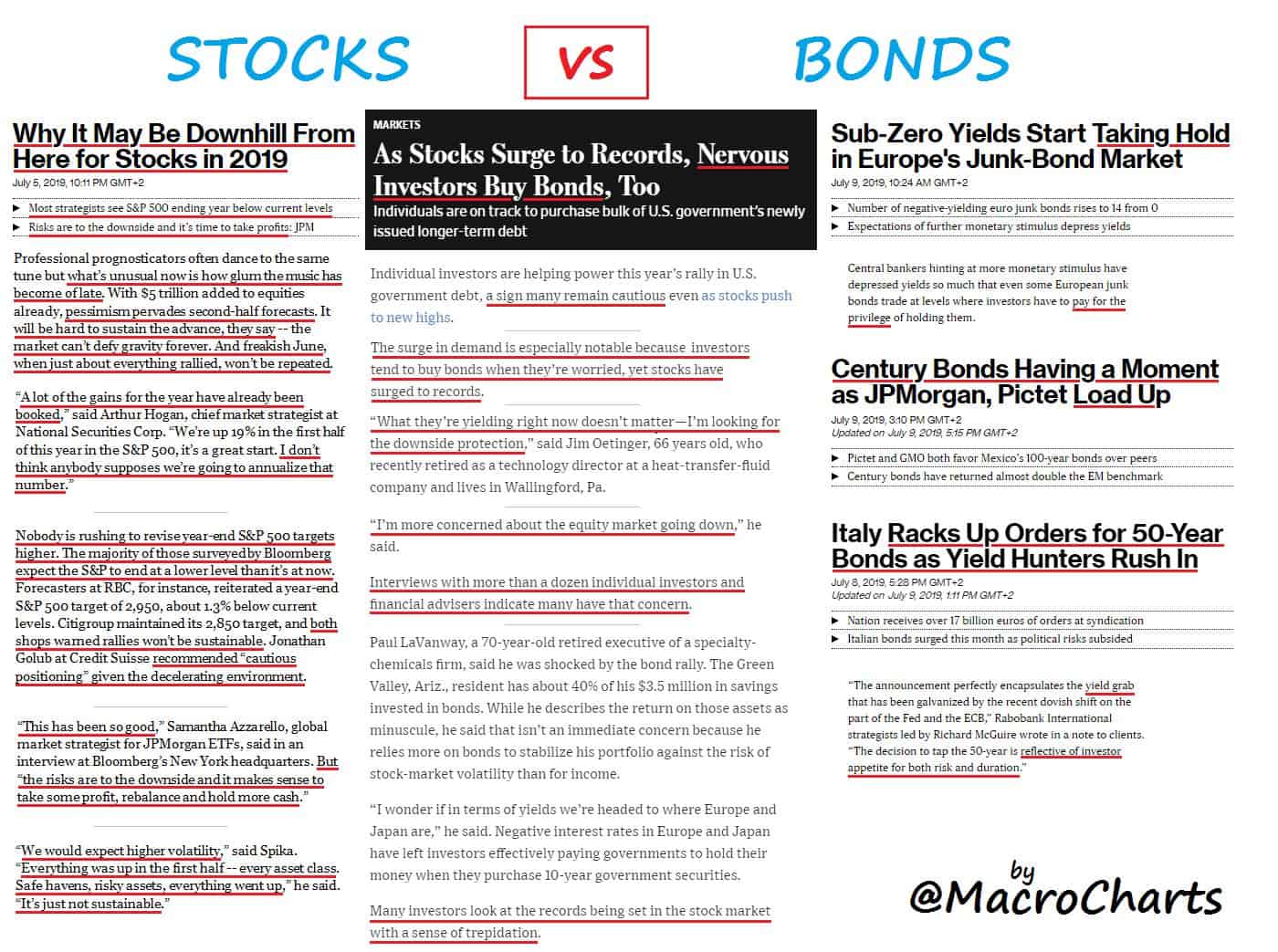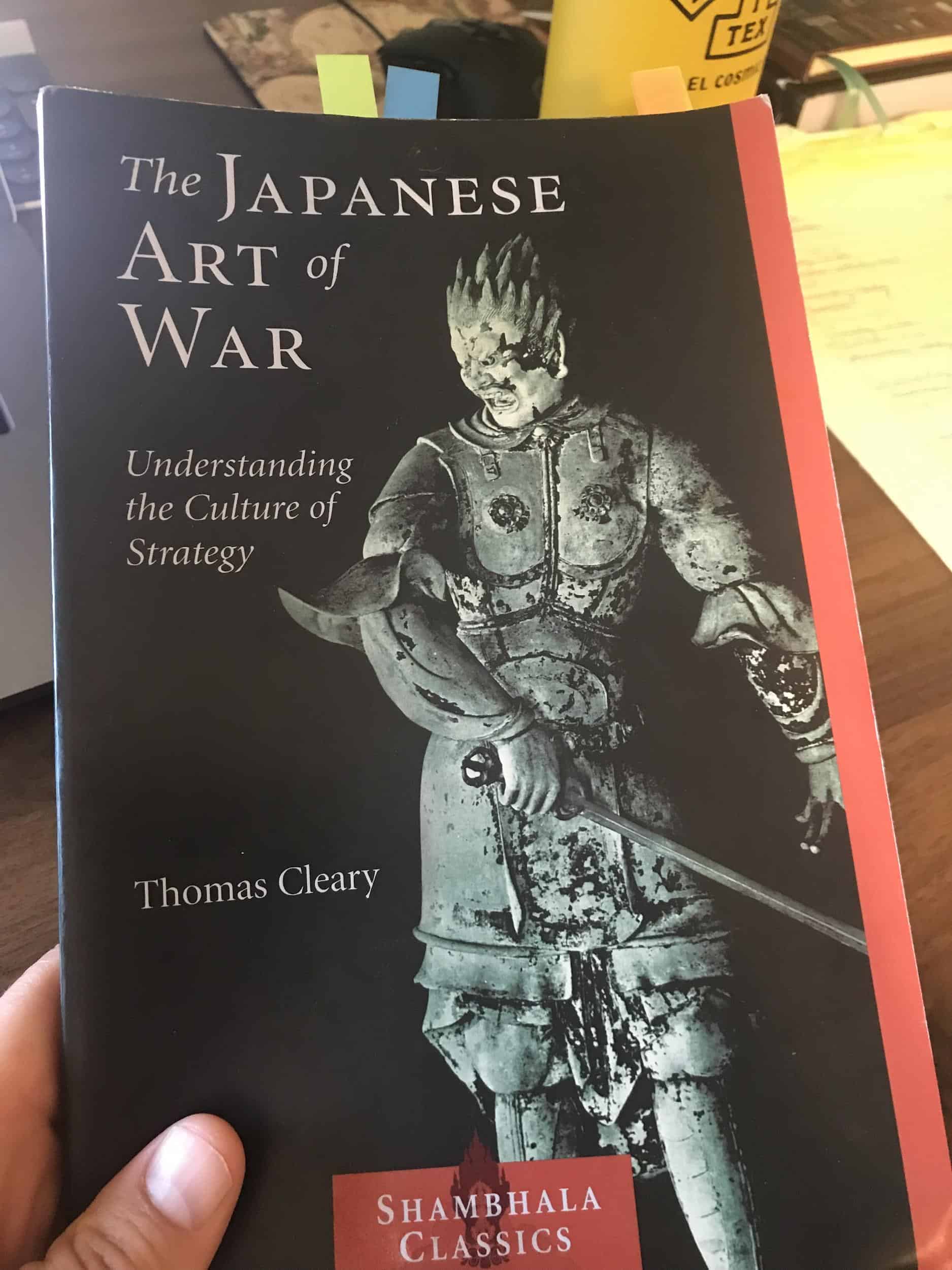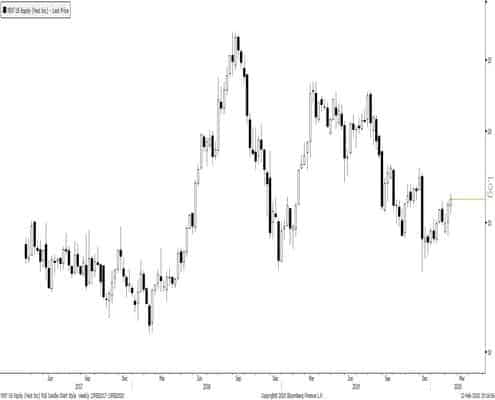Alex here with your latest Friday Macro Musings…
Articles I’m reading —
I don’t remember how I came across this one but I’m glad I did. It’s a killer interview with the late salty short-selling money manager, Robert Wilson, from way back in April of 2000 at the height of the TMT bubble. Wilson isn’t as much of a known name as he once was, but back in the day, he was considered one of the best in the game. According to The Street, Wilson “turned $70,000 into $225 million over 26 years before retiring in 1986 at age 59”. Not too shabby…
The interview covers everything from Wilson’s investing strategy, to how the game evolved over his career, to stories about both Julian Robertson and George Soros when they were just starting out. Go and give it a read. The interview is in two parts, here’s the links (part 1 and part 2) and some quotes.
TS: Talk to us a little bit about your basic investing style.
RW: Well, it was a hedge fund, as it’s now well known. I used to go short a lot of stocks. Let’s say I’m worth a hundred dollars and I couldn’t buy more than a hundred dollars worth of stocks. But I could borrow an extra $100 on margin in order to go long $200.
But if the market went down, 30%, 40% with the kind of growth stocks I owned, I could be rendered worthless, whether I was worth $100 or a million dollars. If you own 50% margin and the stock goes down 50%, you don’t have any money left, no matter how much you started with.
So the way I dealt with that was instead of being long $200 worth of stocks with a $100 net worth, I would be long $150 worth of stock, and short $50.
TS: So you were always net long.
I was always net long. When I was bearish, I was maybe 25% net long, and when I was bullish, I might be 125% net long.
Why did you never go net short?
Because I never wanted to get up in the morning hoping that things would be getting worse. All intellectuals, I think — and I don’t use that as a particularly flattering term — but all intellectuals tend to have a pessimistic streak.
And
TS: What is, while you’re at it, tell us what our investors, our readers want nothing more than to hear what the future will be.
To just show how modest I am, I’m going to quote myself. A couple of years ago I was interviewed in Barron’s, and I said I’ve been bearish for so long I no longer have any respect for my opinion. Unless you believe that the lessons from the Garden of Eden no longer apply, things just don’t stay really good indefinitely. They never have, and the only reason I’m bearish is that things have been so glorious for so long, it will end. If I knew how it would end, then the market wouldn’t be where it is. All good things come to an end. I’m talking Original Sin. And that’s the only reason; forget multiples and valuations and all that. If something outside the market, if there isn’t some adversity in the economy or in foreign affairs, I think the market will continue on its merry way, but something will happen. At least it always has in the past.
I remember Bob Rubin was interviewed in “Newsweek” I think it was and somebody asked him — I can’t quote it exactly — somebody asked him what about the market, and he said, you can take either two attitudes: that we are now in a new economy, in a new era, or you can look at 2000 years of past experience.
Wilson was also featured in John Train’s classic book Money Masters Of Our Time. His was the chapter that included the footnote about the “Ahmed who farted in the Great Mosque” allegory. If you don’t know what I’m talking about, then go and get yourself a copy. Here’s one of my short book notes from that chapter.
The major difference between Wilson’s approach and that of most of the investors in this book is that a Graham, for instance, always sought situations where there is little risk of loss, the Margin of Safety. Wilson. On the other hand, says that he insists on stocks in which there is a major risk, because only such a stock is likely to go way up. “Unless there is fear in a stock, it probably doesn’t have a great capital gains potential,” he says, adding, “I’d be scared shitless if my portfolio consisted of only ten out of my seventy stocks.”
I see the distinction as being more a matter of semantics since you need there to be major “perceived” risk to create a Margin of Safety in the first place. But, it’s still a good line.
Next, I came across this new blog (at least it’s new to me) on the twitters called Thoughts Across The Bow. They recently published a fun post called Institutional Memory and the Neuralyzer that talks about, well, institutional memory, but also inflation in Weimar Germany, George Orwell, and a bunch of other stuff. I don’t necessarily agree with the extent of their conclusion but enjoyed the read nonetheless. Here’s the link and a section from the piece.
This describes the natural decay of institutional memory. This can happen at different rates with different consequences depending on the type of organization and exogenous environment. With each passing year since the GFC, less PMs, risk managers and even CIOs have experienced risk management in a non-centrally planned environment. Talk about modeling errors being institutionalized! As with each passing generation of Germans, the power of the cautionary tale of the destructive nature of hyperinflation is gradually diluted and slowly fades away. It is not ‘deleted’ from history, instead is subject to the human phenomenon of rationalizing resources to a threat that hasn’t materialized in generations.
Lastly, for those of you who really want something to geek out on, give this Sci-Hub paper titled Accelerating Learning in Active Management: The Alpha-Brier Process a look. It’s written by Joseph A. Cerniglia and Philip E. Tetlock. They discuss the number of ways investors can improve by implementing some form of the Alpha-Brier Process. This is a topic I’ve been mulling over for a while and hope to formally insert it into my own process in the coming months. Here’s the link and h/t to @mjmauboussin for the find.
Charts I’m looking at—
Not a chart but a good sentiment check by @MacroCharts.
Video I’m watching —
For fellow Bruce Lee fans out there. Give this a watch (link here).
Podcast I’m listening to —
We had vol trader Darrin Johnson back on the podcast this week (link here).
This is a must listen and I’m not saying that because I’m biased because it’s our podcast. It’s really just that good. Our first podcast with Darrin was insanely enlightening and this one is even better, partly because it’s twice as long which means more time to peer inside the mind of this super-talented options and volatility trader.
Even if you have no direct interest in either of those types of trading — though you should, since we all trade vol in one form or another — you still need to listen to it, because Darrin is just soooo good (am I saying good too much?) at breaking down the practical principles of successful trading and how it needs to be approached from a business standpoint. I’ll be listening to this one at least 2-3 more times.
For the macro nerds, this recent Levy Institute interview with Paul McCulley is top-notch (link here). Paul talks Minsky (the economist you should study most if you want to understand how economies really work), the flatness of the Phillips Curve, and a number of other important relevant topics to today. Give it a go.
Trade I’m Considering —
I’m going to be digging into a number of companies this weekend. One that I’ll be revisiting is Bluelinx Holdings (BXC).
I first wrote about BXC in early 18’ after reading a number of pitches from a few small-cap value hedge fund managers I follow (Adestella Management, Laughing Water Capital, and Greenhaven Road). I then briefly covered BXC again in Jan of this year (link here) but have just been watching, waiting for a technical setup to take a swing at it.
BXC is a wholesale distributor of building products with distribution centers across the Eastern US. Previously, BXC served as the captive distribution arm of Georgia Pacific (GP) which is the country’s largest producer of plywood. In 2004, BXC was spun out of GP by a private equity buyer who did what PE firms do, they saddled the company with lots of debt. This wasn’t great timing of course, with the housing crash just around the corner and all. And in 2017, the PE firm was forced to liquidate its holding in the company at bargain prices.
The company has been actively deleveraging its balance sheet by selling off some of its valuable large land/real estate portfolio. And it’s improving its competitive profile by making some smart acquisitions. The housing sector should benefit from lower mortgage rates and BXC looks like it may have bottomed.
I’ve still got some digging to do but BXC seems to have a number of things going for it.
Book I’m reading —
Last year I spent about a month reading everything I could about the legendary US Airforce pilot, and one of my favorite military strategist, Col. John Boyd. While tumbling down that rabbit hole I came across this book by Thomas Cleary titled The Japanese Art of War. It’s a short read (only 121 pages long) but jam-packed with insights into early Japanese military strategy and especially Zen philosophy — two favorite topics of mine.
I dog eared practically every third page of this book. It’ll probably take me a full day to write down all my notes from it. There’s just so many gems in here such as the following:
You need to realize that when you practice from the state of the beginner all the way to the stage of immutable wisdom, then you must go back to the status of the beginner again. Let me explain in terms of your martial arts.
As a beginner you know nothing of stance or sword position, so you have nothing in yourself to dwell on mentally. If someone strikes at you, you just fight, without thinking of anything. Then when you learn various things like stance, how to wield a sword, where to place the attention, and so on, your mind lingers on various points, so you find yourself all tangled up when you try to strike. But if you practice day after day and month after month, eventually stance and swordplay don’t hang on your mind anymore, and you are like a beginner who knows nothing.
This is the sense in which it is said that the beginning and the end are the same, just as one and ten become neighbors when you have counted from one to ten. It is also like the highest and lowest notes of a musical scale becoming neighbors below and above a cycle of the scale. Just as the highest and lowest notes resemble each other, since buddhas are the highest human development they appear to be like people who know nothing of Buddha or Buddhism, having none of the external trappings that people envision of buddhas.
Therefore the afflictions of unaware lingering in the beginning and the immutable wisdom in the end become one. The cogitating side of your brain will vanish, and you will come to rest in a state where there is no concern. Completely ignorant people don’t show their wits, it seems, because they haven’t got any. Highly developed intelligence doesn’t show because it has already gone into hiding. It is because of pseudo-erudition that intelligence goes to one’s head, a ludicrous sight.
So good…
Quote I’m pondering —
Wall Street history shows that securities more often reach their low point when some danger or disaster is threatened, than upon the actual occurrence of these incidents, and the reason the low point is made just prior to, or at the time the event actually occurs, is: By that time everyone who is subject to fear-of-what-will-happen, is sold out. When the thing does happen or is prevented, there is no more liquidation, and the price rallies on the short interest, or else on the investment demand created by the improved situation. ~ Richar D. Wyckoff
See European Banks (DB, SAN, UBS).
If you’re not already, be sure to follow me on Twitter: @MacroOps. I post my mindless drivel there daily.
Have a great weekend.









